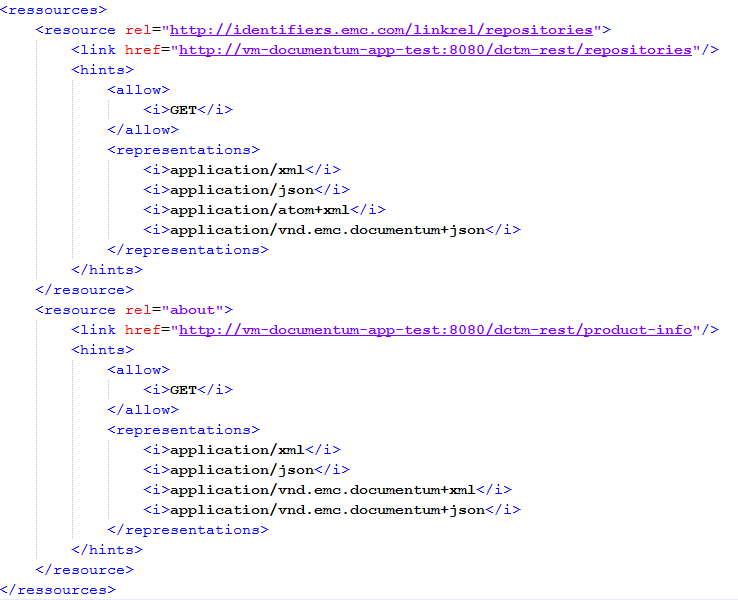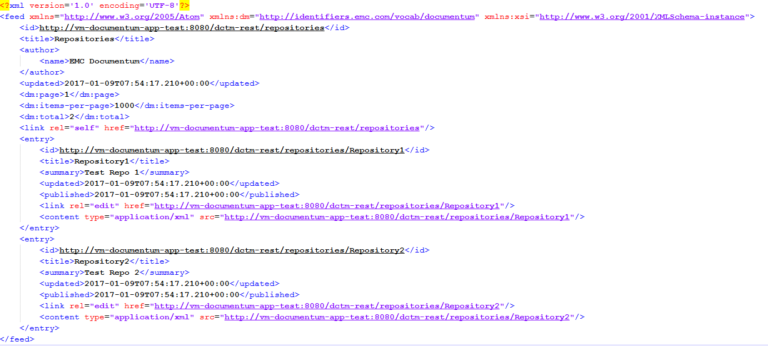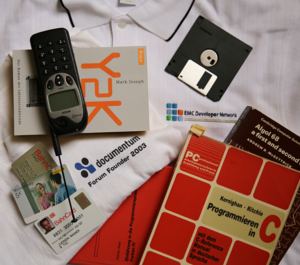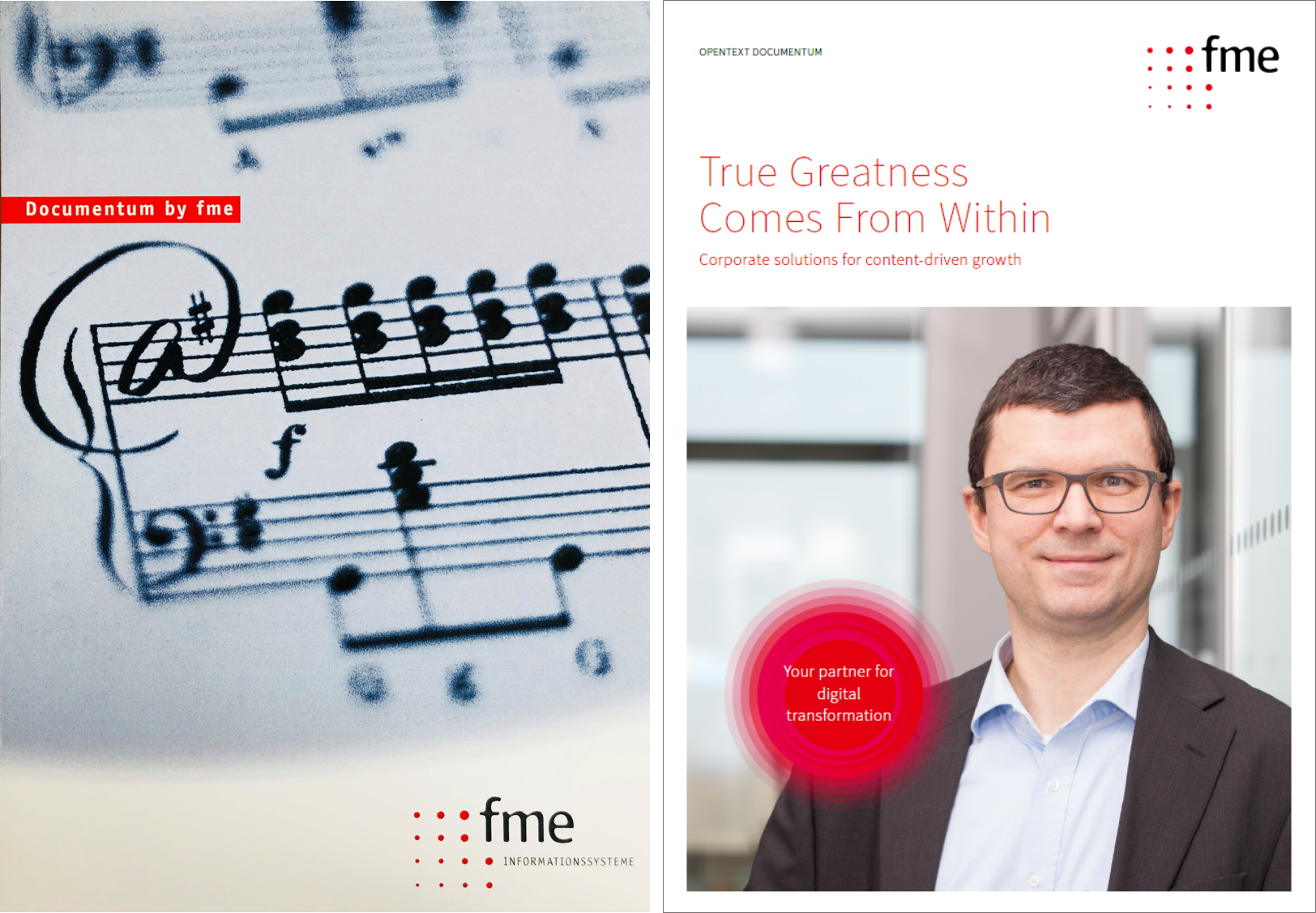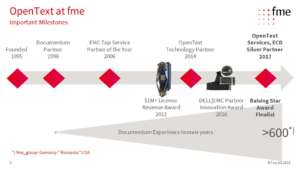
User Forum Brings Life Sciences Community Together
The meeting held in April brought together business and technical leaders from within regulatory affairs, quality, and IT to share their experiences with regulatory content management strategies, technology implementation challenges, and leveraging next-generation digital tools to automate and improve business processes.
The meeting held in April brought together business and technical leaders from within regulatory affairs, quality, and IT to share their experiences with regulatory content management strategies, technology implementation challenges, and leveraging next-generation digital tools to automate and improve business processes.
To garner deeper perspectives and insights, attendees separated into three groups and were asked to discuss three key topics:
The post discussion roundtable resulted in a healthy and productive exchange of ideas and experiences. These perspectives will be further explored in future LSUF meetings.
A Focus on Improving Processes
The effort to improve and simplify processes is a high priority for life sciences companies. Artificial intelligence offers a powerful opportunity to improve document quality, for example by enriching metadata. During the meeting, fme talked about the intelligent document classification and metadata enrichment solution it is developing in partnership with Docxonomy, called fmeMATRIX. As establishment of the solution continues, the views and experiences of clients will be integral to applying a progressive approach. The LSUF meeting was a key opportunity to garner feedback on the needs and concerns of life sciences companies.
Here are some additional takeaways:
- In another LSUF presentation, one of our clients shared its experiences with collaborative authoring, using technology to enable simultaneous or parallel authoring and review in real-time. Integral to enabling the company to meet its regulatory requirements is SharePoint Connector, and the client team is working with OpenText on implementing this capability.
- During its presentation, the client’s IT account manager and IT regulatory architect posed several key discussion points and questions for their peers. These included how other companies tackle collaborative authoring of submissions and the point at which a document becomes an official record, based on good practice guidelines.
- During another presentation, a client presented a proven, iterative approach to integrate a leading Regulatory Information Management platform into the OpenText Documentum for Life Sciences Research and Development module. The client outlined an approach that ensured quicker solution implementation timelines and more effective R&D alignment and buy-in.
These were some of the highlights from the April LSUF meeting, which was the second forum meeting to bring together the life sciences client community to exchange ideas. The next forum will be held this October and we look forward to further productive and insightful discussions. Please reach out to me if you’re interested in joining this growing group!
 fme AG
fme AG fme SRL
fme SRL




